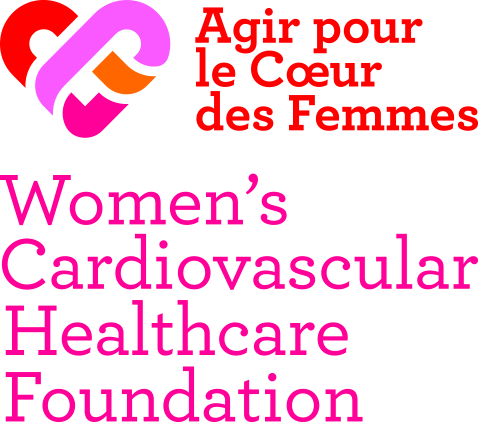
ALERTER
Cardiovascular Disease
Why We’re on Red Alert for Cardiovascular Disease in Women
The catastrophe of cardiovascular disease is driven by persistent inequalities in prevention and treatment for women. We must start working together now to tackle this issue through grassroots connections built on solidarity.

1WHO, May 2018. The top 10 causes of death
https://www.who.int/news-room/fact-sheets/detail/the-top-10-causes-of-death 2Causes of mortality in France. Bulletin Epidémiologique Hebdomadaire, November 2019 https://www.santepubliquefrance.fr/docs/bulletin-epidemiologique-hebdomadaire-12-novembre-2019-n-29-30-surveillance-de-la-mortalite-par-cause-medicale-en-france-les-dernieres-evolutions 3Mosca L, Benjamin EJ, Berra K, Bezanson JL, Dolor RJ, Lloyd-Jones DM, et al. Effectiveness-Based Guidelines for the Prevention of Cardiovascular Disease in Women—2011 Update A Guideline From the American Heart Association. J Am Coll Cardiol. 2011;57(12):1404 23. 4Woodward M., Cardiovascular Disease and the Female Disadvantage, Int J Environ Res Public Health. 2019 Apr; 16(7):1165. 5WHO, May 2017. Cardiovascular diseases.
https://www.who.int/news-room/fact-sheets/detail/cardiovascular-diseases-(cvds) 6Maas A.H.E.M. Manual of Gynecardiology. Female-specific cardiology. Editions Springer. 2017. 7Gabet A, Danchin N, Olié V., Myocardial infarction in women: trends of hospitalization and mortality rates, France, 2002-2013. Bull Epidemiol Hebd. 2016;(7-8):100-8. 8Brown HL, Warner JJ, Gianos E, Gulati M, Hill AJ, Hollier LM, Rosen SE, Rosser ML, Wenger NK; American Heart Association and the American College of Obstetricians and Gynecologists. Promoting Risk Identification and Reduction of Cardiovascular Disease in Women Through Collaboration with Obstetricians and Gynecologists: A Presidential Advisory From the American Heart Association and the American College of Obstetricians and Gynecologists. Circulation. 2018 Jun 12;137(24):e843-e852.
SEE ALSO
How Heart Disease Affects Women: What You Need to Know
A unique disease
Before Menopause
• The large coronary arteries (epicardial coronary arteries that circulate blood at the heart’s surface) have soft plaques that haven’t calcified. They can break off and stick to other parts of the arteries, causing a range of symptoms like [...]
Why Women Need to Listen to Their Bodies More
For months, patients have been neglecting the warning signs and waiting until the last minute to see the doctor. Postponing an appointment or a treatment increases the risk of suddenly destabilizing a cardiovascular disease, one that may not have been identified. Women are especially vulnerable to [...]
Alarming increase in heart attacks among women
More women are having heart attacks
Every day in France, 400 people die from a cardiovascular disease. More than half of them are women. Cardiovascular disease is the leading cause of mortality for women, representing more than one in three deaths every year. And they’re falling victim at younger ages. According to Bulletin [...]




